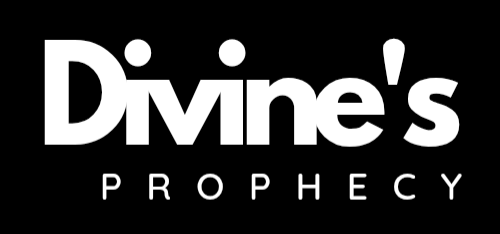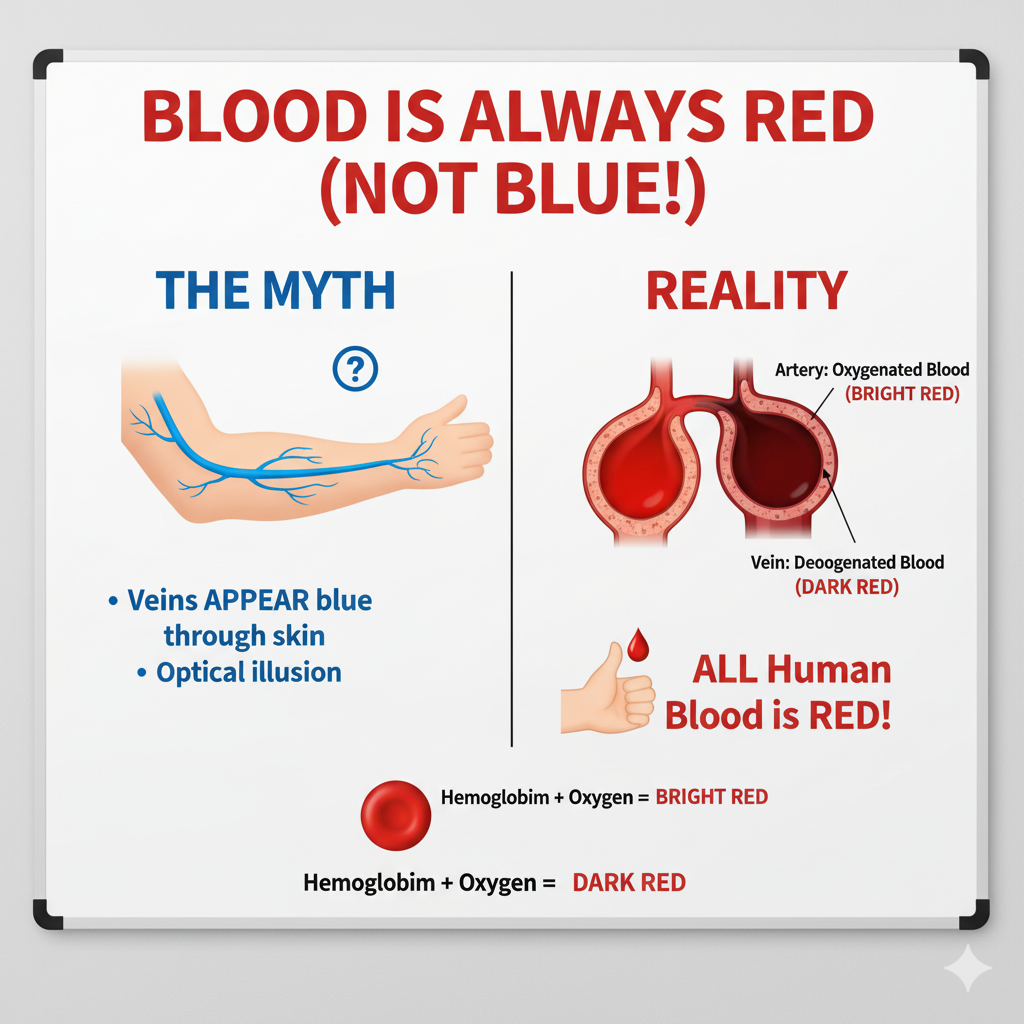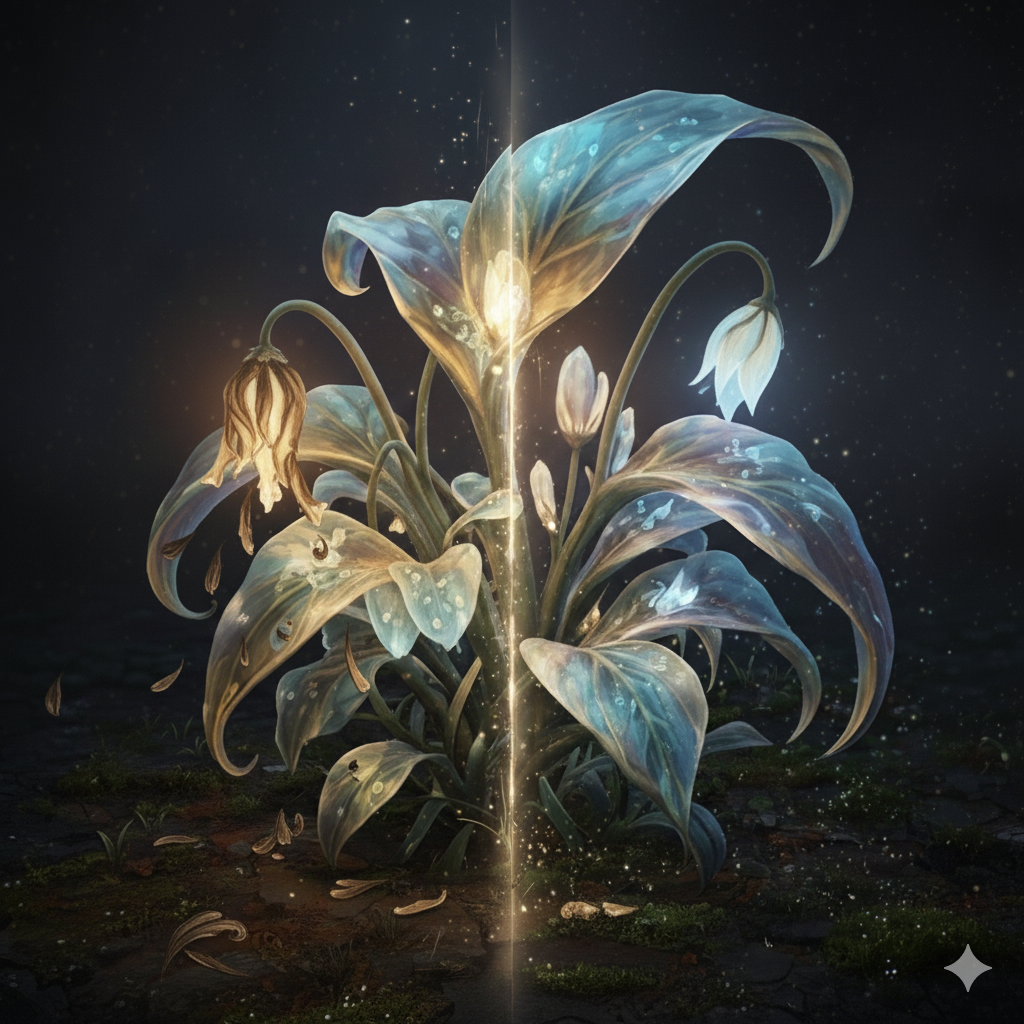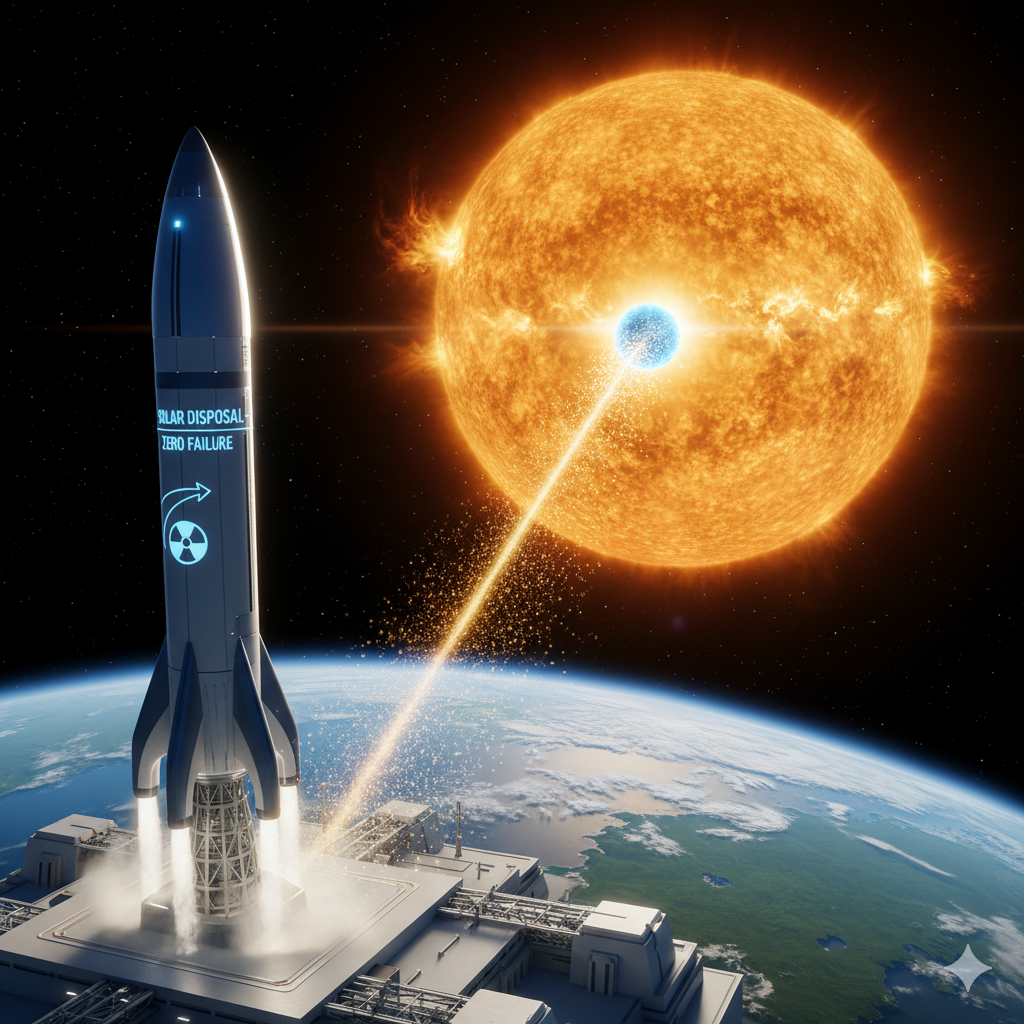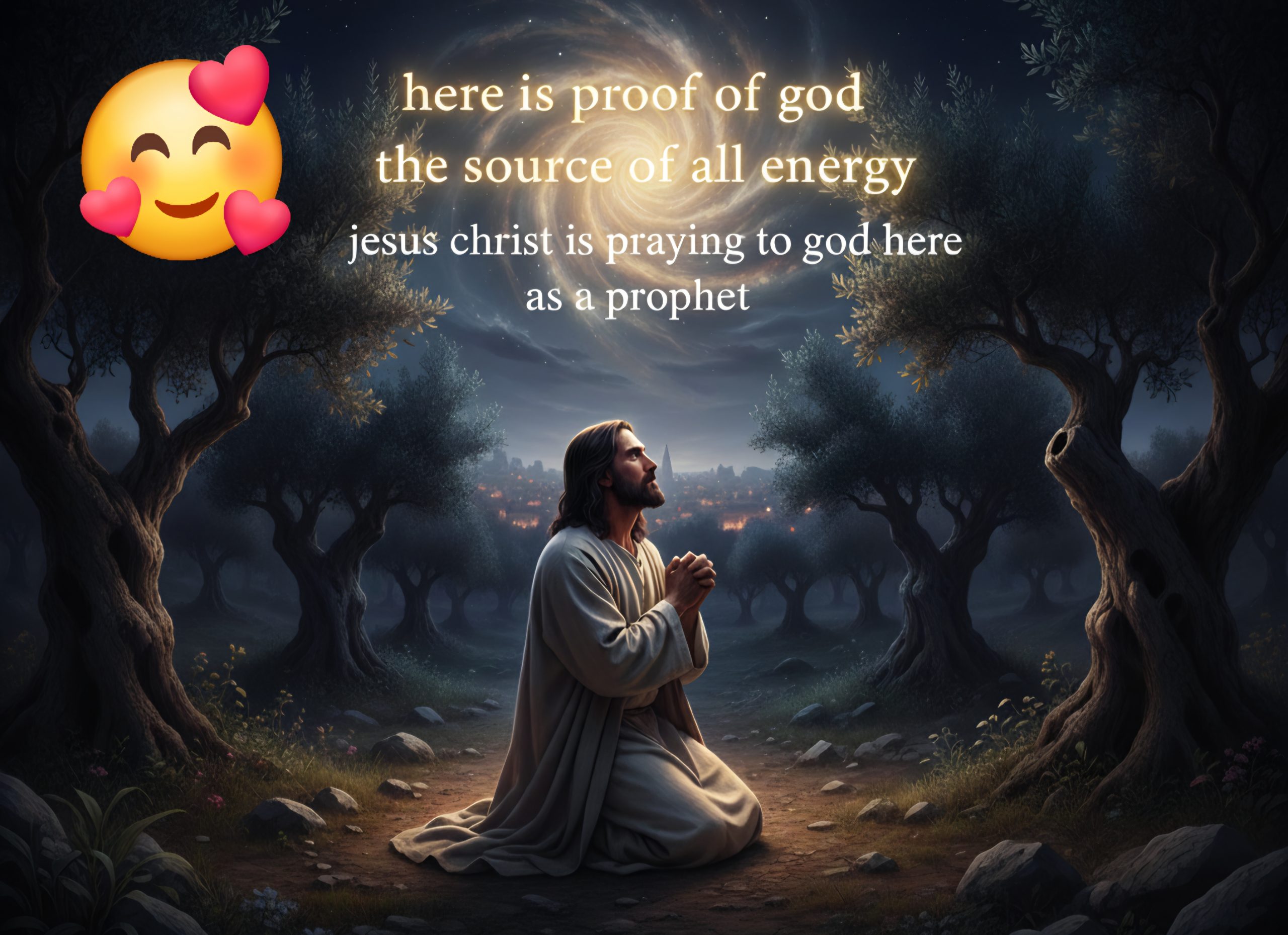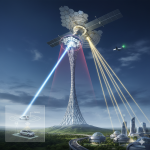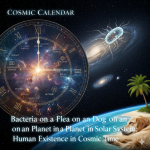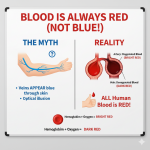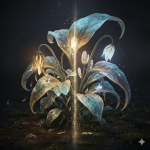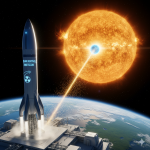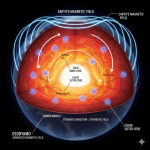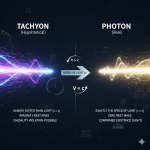Now Reading: Why the moon has different types of crescents next to the sun during the day?
-
01
Why the moon has different types of crescents next to the sun during the day?
Why the moon has different types of crescents next to the sun during the day?
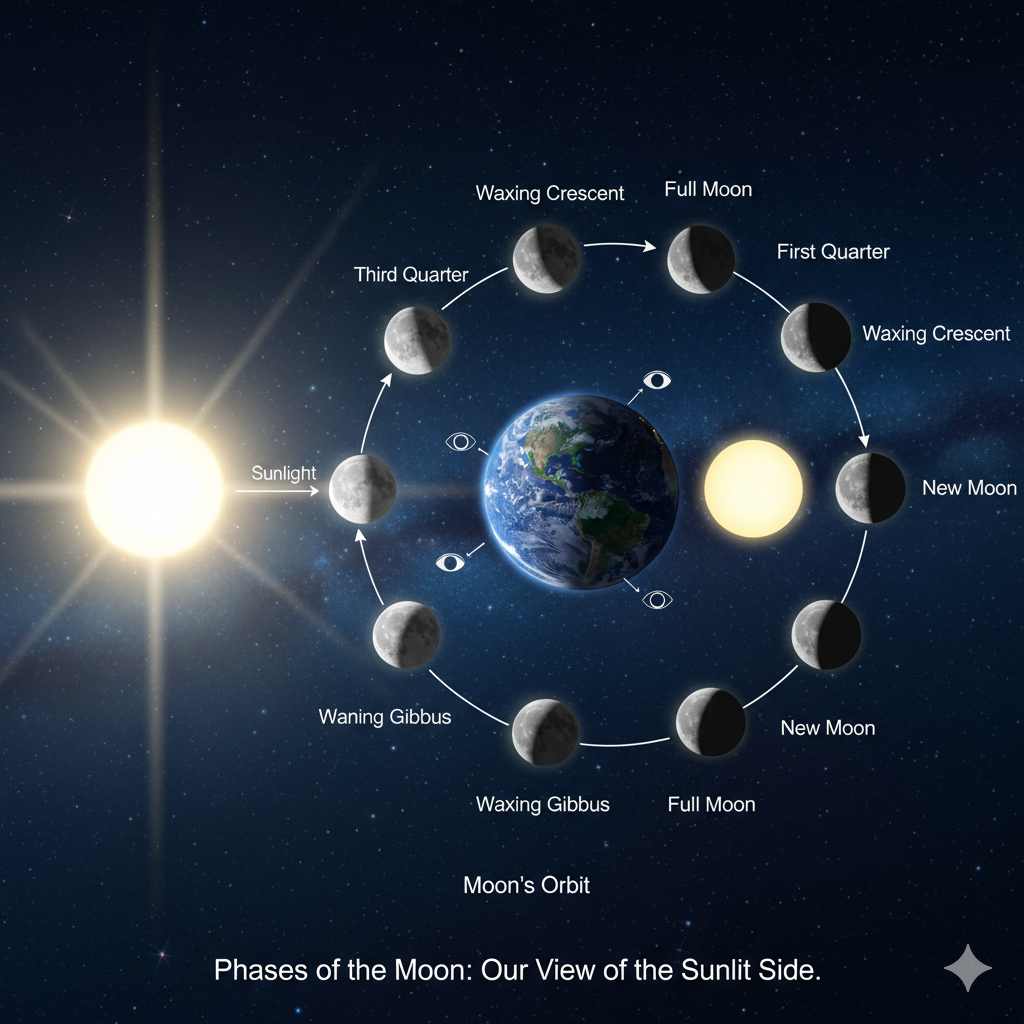
The phases of the Moon are determined by the Moon’s position in its orbit relative to the Sun and Earth, and they have nothing to do with Earth’s/Sun shadow. However, the reason you see the Moon in its different phases is not primarily “during the day”. The Moon is visible at different times, including during the day, but the phases themselves are determined by the geometry of the Earth-Moon-Sun system, not the time of day or night as it reflects the light it absorbs…
Here’s a breakdown of why:
1. The Moon is Always “Up”
The Moon is above the horizon for about 12 hours a day, just like the Sun. It’s visible in the daytime sky for an average of 25 days out of a 29.5-day cycle.
2. Visibility is All About Brightness
The reason you can see it is because the Moon is the brightest object in the night sky (due to reflected sunlight) and is relatively close to Earth. Its reflected light is often bright enough to overpower the scattered blue light of Earth’s atmosphere during the day. We can’t see stars during the day because their light is too faint to compete with the scattered sunlight.
3. Phases Dictate Timing
The phase of the Moon determines when it is visible during the day:
• Crescent and Quarter Phases: These are the most common and easiest phases to see during the day.
• The First Quarter moon (half-lit) rises around noon and sets around midnight, making it highly visible in the afternoon sky.
• The Last Quarter moon rises around midnight and sets around noon, making it visible in the morning sky.
• Crescent phases are visible when they are relatively close to the Sun in the sky, either in the morning or afternoon.
• Full Moon: A full moon is rarely visible during the middle of the day because it rises around sunset and sets around sunrise, meaning it’s primarily an object of the night sky.
• New Moon: The new moon is completely invisible because its sunlit side is facing away from Earth, and it’s located too close to the Sun in the sky.
The Moon is visible in its different phases during the day because its orbit places it above the horizon and its high brightness allows it to shine through the daylight sky.
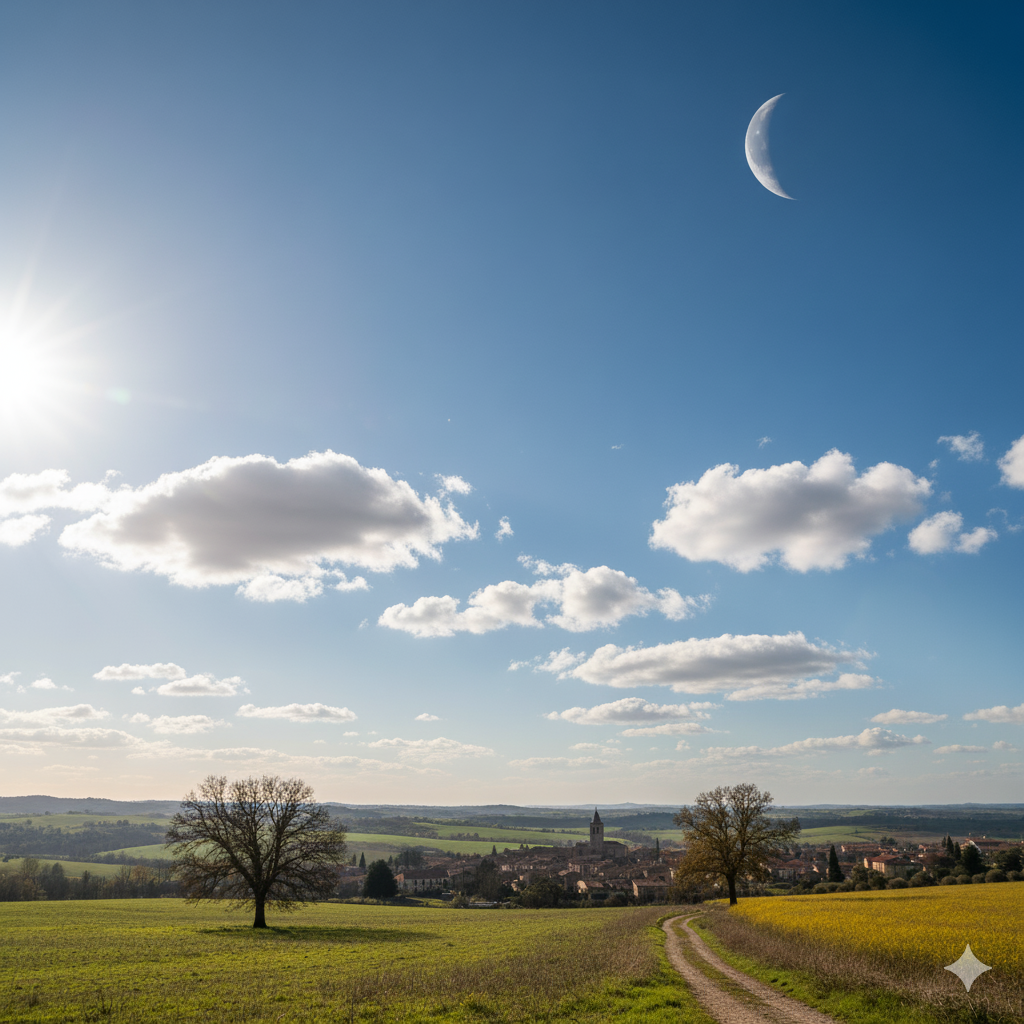

True facts..
• The Moon is, in fact, above the horizon for about 12 hours every day, meaning it’s visible in the sky just as often during the day as it is at night.
• You can see the Moon during the day because it is the second brightest object in the sky after the Sun, and its relative closeness to Earth makes the light it reflects bright enough to overcome the scattered light of the daytime sky.
• The Moon’s phase determines the time of day it is visible:
• New Moon: Rises and sets with the Sun, so it’s in the daytime sky but usually invisible because the illuminated side faces away from Earth.
• First Quarter Moon: Rises around noon and sets around midnight, making it visible during the afternoon.
• Full Moon: Rises around sunset and sets around sunrise, making it visible only at night.
• Last Quarter Moon: Rises around midnight and sets around noon, making it visible during the morning.
Therefore, its the mechanism of phases and what doesn’t cause them, but seeing the Moon in its different phases during the day is a common occurrence dictated by its orbital position and the time the specific phase occurs.
Also… to clear up a common misconception… “There is actually NO darkside to the moon… why?
1. There is No Permanent “Dark Side”
The term “dark side of the Moon” is misleading. There is no side of the Moon that is in permanent darkness.
The Moon rotates (spins on its axis), and it is always half-lit by the Sun, just like Earth. This illuminated half is the Day Side, and the unlit half is the Night Side.
The Day and Night sides constantly sweep across the Moon’s entire surface as it rotates. Therefore, every part of the Moon gets sunlight for about two Earth weeks at a time, followed by two Earth weeks of darkness.
The correct term for the side we never see is the Far Side of the Moon.
2. Why We Only See Illuminated Sides
The reason we only see one face of the Moon, but with changing illumination (the phases), is due to Tidal Locking.
How the Phases Work
The phases you see are simply the changing overlap between the Moon’s Near Side (the side always facing us) and the Moon’s Day Side (the half lit by the Sun).
New Moon: The Moon’s Day Side is facing away from Earth, so the Near Side is in its lunar night. We see no light.
Full Moon: The Moon’s Day Side is facing toward Earth, so the entire Near Side is illuminated.
Quarter Moons/Crescents: We are seeing only a partial view of the Moon’s Day Side, which is why only a fraction of the Near Side is lit up.
In summary, the Moon has a Near Side and a Far Side (fixed location), and a Day Side and a Night Side (shifting illumination). The phases are caused by the shifting Day/Night line on the Near Side.
